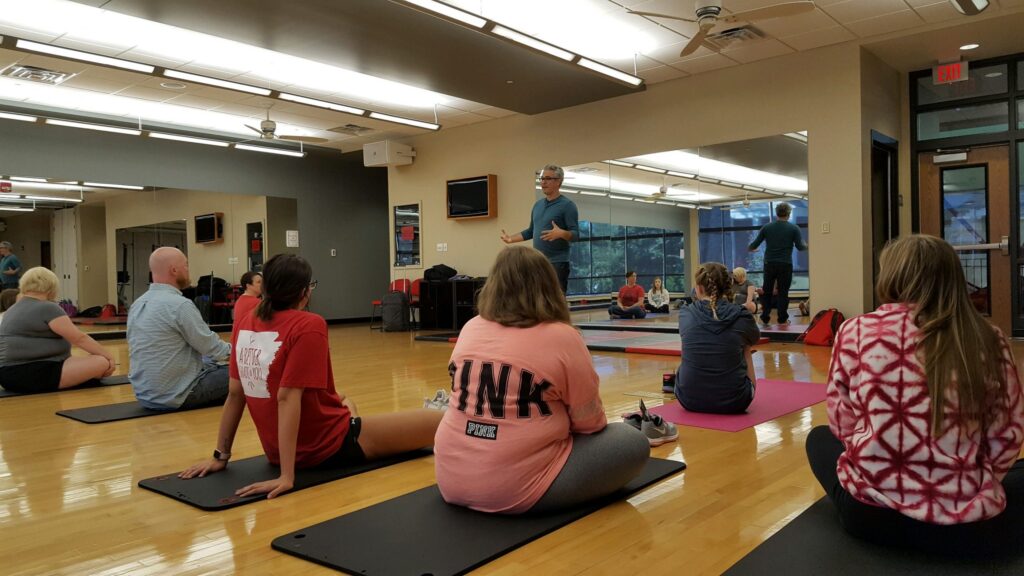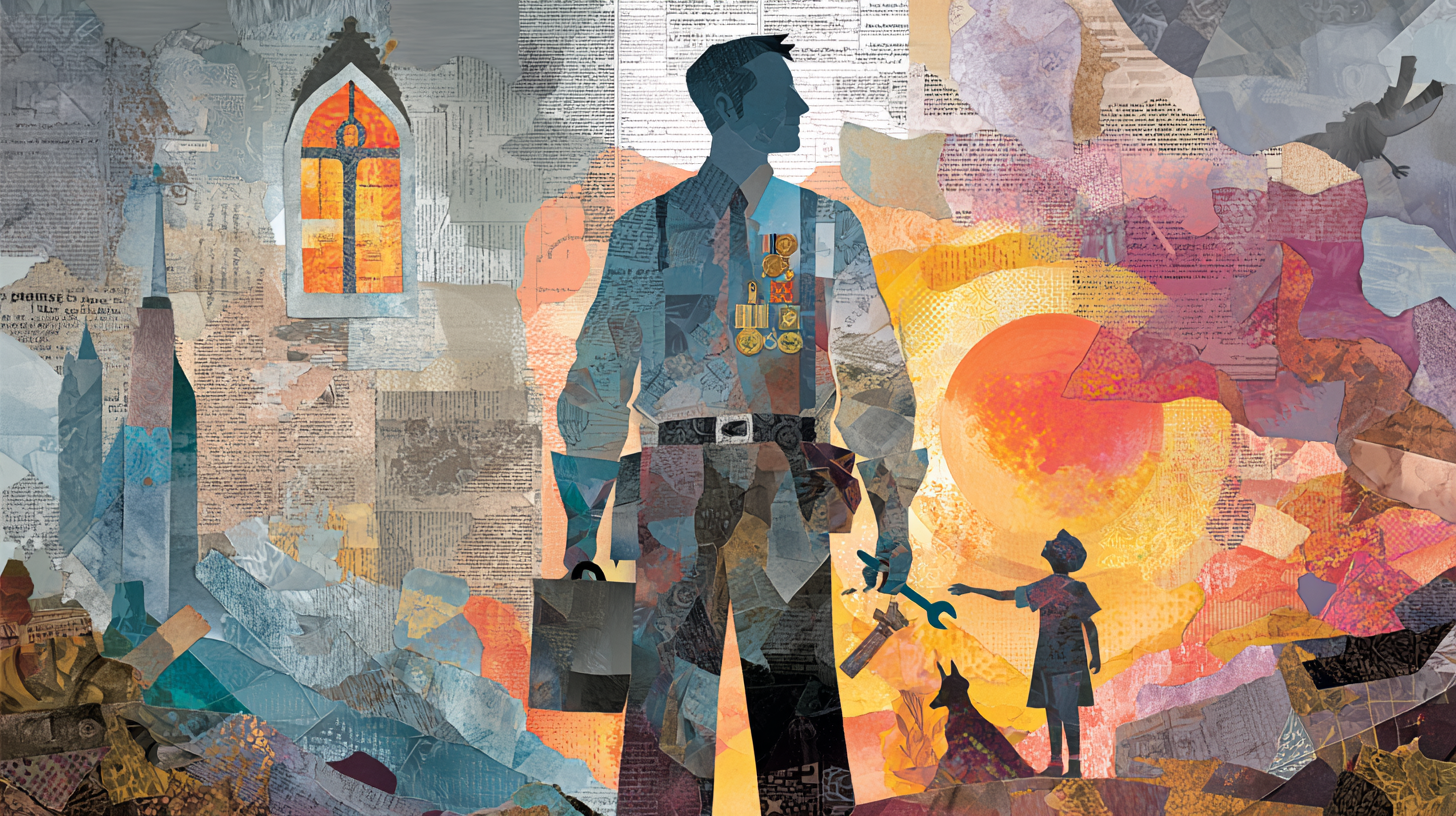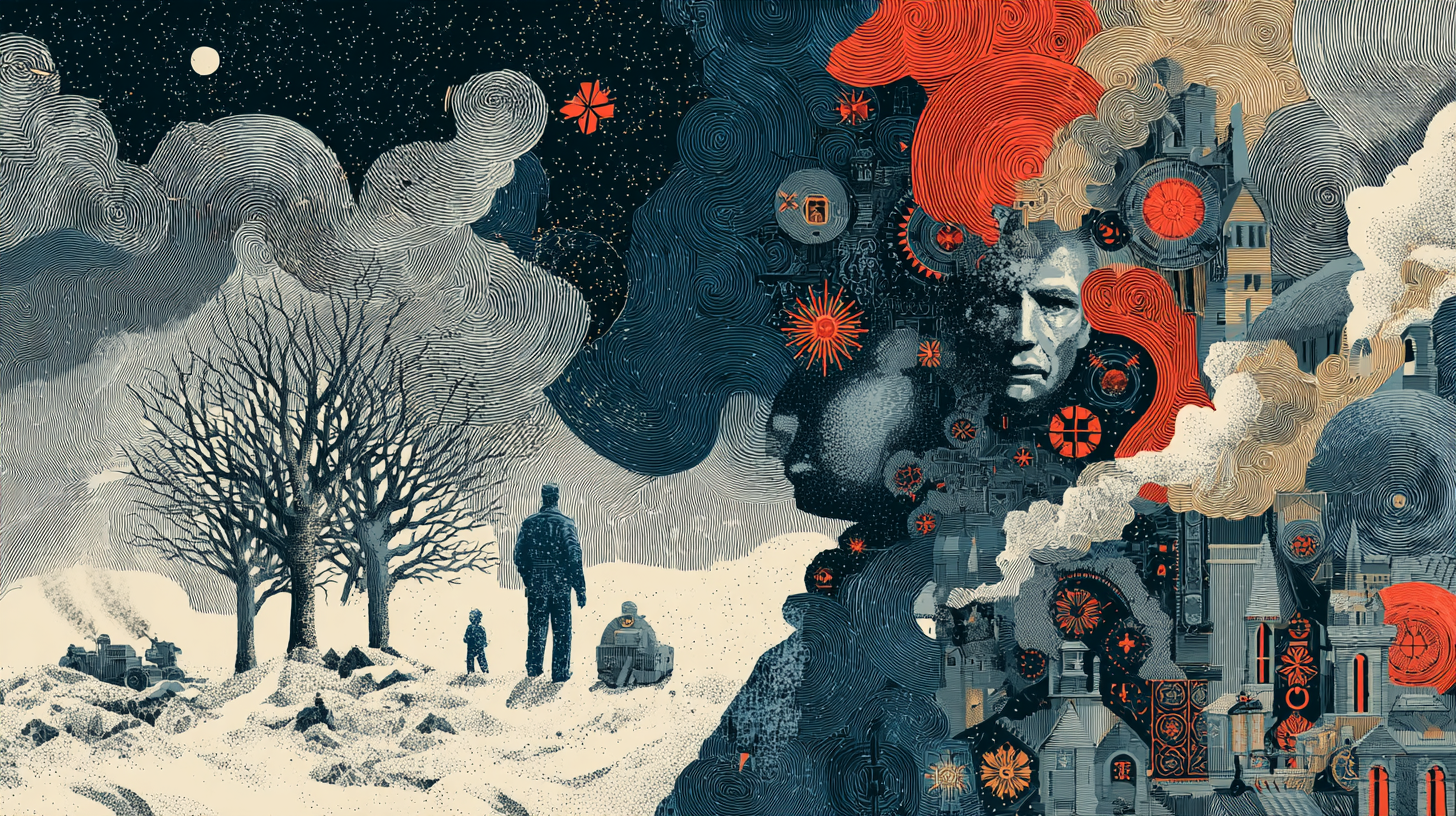Most of us have had the experience of cleaning out a closet, opening a dusty box and uncovering some old writing we forgot about. The standard protocol in those situations is to allow ourselves a moment of nostalgia and embarrassment before stashing the offending childhood artifact away as securely as possible. But that’s not what Dave Nadelberg did when he found one of his own wide-eyed childhood love letters. “I found this letter in a cardboard box,” he says. “I shared [it] with my then roommates and they really got a kick out of it. And I was like, ‘This is really fun. There’s something to this.’”
Initially, Nadelberg thought the idea had potential as a one-night-only stage show—maybe a performance where people would read similar unrequited love letters (initially to be called Crush Night). The idea kept gestating until a chance encounter with a friend. “A coworker told me that she had found her diary,” he says. “She was telling me how she was mortified by what she’d found. And then it clicked.” With the language now firmly in place, Mortified was born.
Today, Mortified is a world-wide storytelling phenomenon that has been covered by virtually every major media outlet. “We’ve produced a stage show in 20 cities around the world,” Nadelberg says. “We have a podcast with nearly 200 episodes, we have a public radio special, multiple TV projects, a documentary, three books and a guided journal.” In the 16 years since it started, Mortified has evolved from a simple stage show to a uniquely funny (and therapeutic) storytelling brand.
As it turns out, though, Nadelberg’s storytelling talents have also been flowing into a new direction for the past four to five years. Once again, it all started with a chance encounter.
A friend gave Nadelberg some tickets to a holistic workshop that included yoga and something called breathwork, an activity he initially intended to skip. “When that portion of the day rolled around, I wound up participating,” he says. “And it was like Keanu Reeves coming out of the Matrix for the first time saying, ‘Woah, I know kung-fu.’ I found it to be transformative. It was completely life-changing.”
For the unfamiliar, breathwork is the practice of controlling one’s breathing for any number of holistic, relaxation-oriented and spiritually-motivated ends. Despite its simplicity, breathwork is also notoriously tough to define. “Breathwork is a horribly marketed, terribly branded, generic term that is a catch-all for multiple different things,” Nadelberg says. “I find that the meditation and yoga community takes itself way too seriously to the point where a lot of instructors turn me off,” he says. “They portray this caricature of what I think they believe a mindful, spiritual person is supposed to sound like.”
As with the genesis of Mortified, Nadelberg’s breathwork experiences led him to a new inspiration. “I saw there was an opportunity to give people an alternative,” he says. “I wanted to create something that felt more human.” The result was what he calls Narrative Breathwork, a new approach that he offers to clients in personal and group workshops. “My approach is to use elements of storytelling and personal reflection and memoir to enhance the breathwork experience,” he says. “I come at this not from the holistic community, I come at it from the storytelling world. And interestingly, I find that to be a more holistic lens than many of my experiences in the meditation world.”
Though his workshops still offer the traditional controlled breathing techniques, they also draw upon lessons and inspirations culled from his experiences with Mortified. “I’m all about guiding people through a story of their life,” he says. “I help my participants gently tell a story about their lives in their head while they’re going through the experience. We talk at the beginning about childhood memories, the fun ones, the not so fun ones. Whatever gets their mind and their heart going.” By combining the techniques, Nadelberg’s hope is that clients get both the mental benefits of positively reframing their life story along with the physical and spiritual benefits of breathwork. “I find that [my clients] wind up having a far more connected experience emotionally,” Nadelberg says. “And I like throwing in jokes—if you can make someone laugh during a breathwork experience, that can be good.”
While this lighter-hearted, down-to-earth approach to breathwork is not entirely common yet, it makes intuitive sense to Nadelberg. “I got into Mortified thinking I was doing it because I was looking to entertain people,” he says. “But when I got honest with myself and looked into it, a huge part of it comes from my own experiences with mental health struggles. I had a really rough time in my mid-20s.” Nadelberg’s struggles even included a brief hospitalization, an experience he says he’s never forgotten. “That was [very unpleasant],” he says with a laugh. “What drives me to do this goofy comedy show are very serious, human needs. And those are being carried over, for sure, into my work with Narrative Breathwork.” As with Mortified, Nadelberg is quick to qualify that Narrative Breathwork is not supposed to be a replacement for any kind of professional medical or psychiatric help his clients might need. “It’s not therapy,” he says. “It’s therapeutic.”
Just as there was no clear model for Mortified’s growth, there’s also no established path for Nadelberg’s Narrative Breathwork workshops. “Sometimes the best game plan, although it’s a very anxiety-inducing one, is: be guided by what feels nourishing,” he says. “And that’s a little different than be guided by what feels good.” Still, it’s easy for him to get philosophical about the journey. “In live comedy, audience laughter is about how we control our breath,” he says. “When we cry, we can’t catch our breath. When we fall in love, somebody takes our breath away. The breath is this thing that’s with us in all aspects of life, it’s a tool of our life. I’d like to examine that tool more and I want to help other people do that too.”



